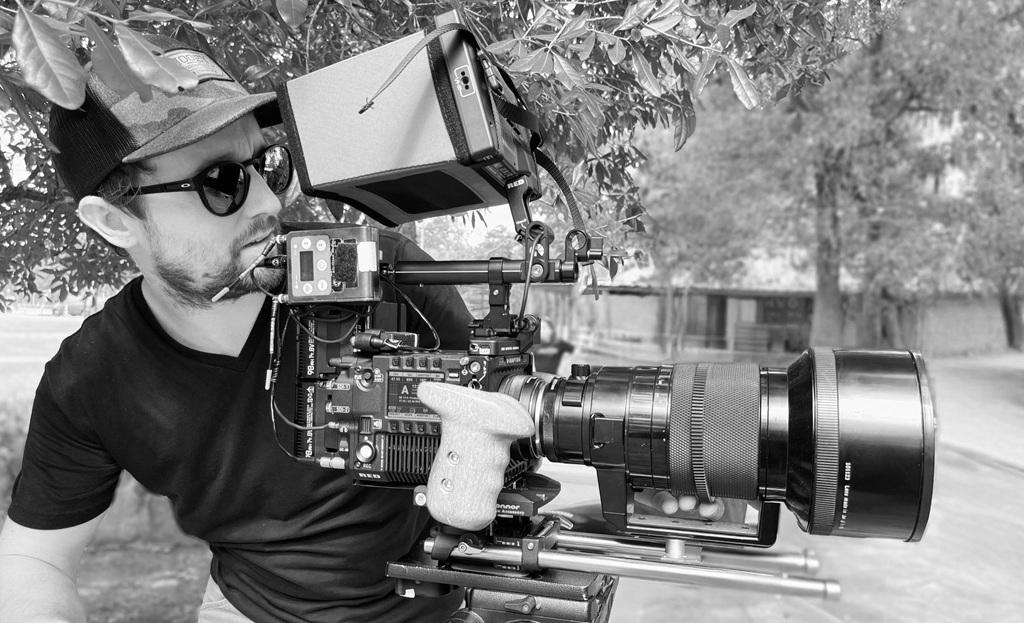Behind every breathtaking visual in a feature film lies the expertise of a cinematographer, also known as the director of photography (DP). This crucial figure helps transform written scripts into immersive visual experiences. In this article, we’ll explore what a cinematographer does on a feature film, how they contribute to storytelling, and why their work is vital in modern filmmaking.
What Is a Cinematographer or Director of Photography (DP)?
A cinematographer or DP is the head of the camera and lighting departments on a film set. Their responsibility extends beyond simply operating a camera—they make artistic and technical decisions about how each scene is shot. From choosing camera angles and lenses to setting the lighting tone and color palette, the DP is a primary visual storyteller in any feature film production.
Key Responsibilities of a Cinematographer in Feature Films
1. Visual Interpretation of the Script
The DP reads the script to understand the story, tone, and mood. Working closely with the director, the cinematographer helps interpret the narrative through imagery—determining how each scene should look and feel.
2. Camera Setup and Operation
Cinematographers make decisions about camera types, lenses, frame composition, and movement. For instance, a handheld shot might be used for an intense, gritty scene, while a smooth dolly shot could support a more emotional or dramatic moment.
3. Lighting Design
Lighting is a powerful storytelling tool. Whether it's the warm glow of a sunrise or the harsh shadow of a single overhead bulb, the DP crafts lighting setups that evoke emotion and support the story's atmosphere.
4. Collaboration with Other Departments
The DP collaborates with the production designer, gaffer, and costume department to ensure cohesive visuals. A successful cinematographer understands how colors, textures, and lighting interact to build a unified on-screen world.
5. Post-Production Guidance
Although not always involved in editing, cinematographers often provide notes or guidance to colorists and editors to preserve the original visual intent throughout post-production.
Cinematographer vs. Director: What’s the Difference?
While the director oversees the overall creative vision, the cinematographer executes that vision visually. Think of the director as the architect and the DP as the structural engineer—both are essential, but they focus on different elements of storytelling.
Conclusion:
A skilled cinematographer is not just a camera operator but a key storyteller in every DP feature film. Their artistic vision and technical knowledge shape how audiences emotionally connect with the story. From framing and lighting to collaborating with the crew, the DP ensures that every shot serves a purpose.
FAQs
Q1: What’s the difference between a cinematographer and a DP?
A: There is no difference; both terms refer to the same role—Director of Photography (DP) is the formal title, while cinematographer is more commonly used.
Q2: Does the cinematographer choose the camera and gear?
A: Yes, the DP usually selects the cameras, lenses, filters, and rigs that best match the visual goals of the film.
Q3: Can a director also be the cinematographer?
A: While rare, some directors also serve as their own DPs, especially in indie films or documentaries. However, most productions benefit from having a dedicated cinematographer.
Q4: How early is a DP brought into a feature film project?
A: Ideally, a cinematographer is involved from pre-production so they can contribute to planning, location scouting, and test shooting.
Q5: What kind of education or experience do cinematographers need?
A: Many DPs attend film school or begin as camera assistants. Experience, a strong visual eye, and technical proficiency are essential to building a career in this field.

